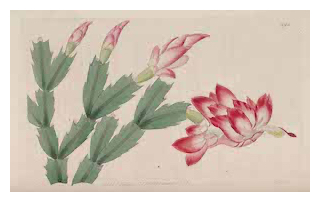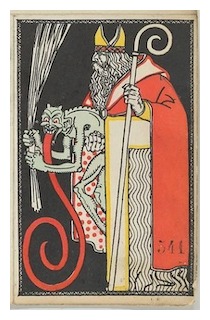The holiday cactus wars
Thursday, November 26, 2020

Schlumbergera truncata (and its modern hybrids like mine) is commonly called a Thanksgiving cactus in the US since it starts to bloom just before that quintessential American holiday in November. Americans do quibble that this is NOT a Christmas cactus (Schlumbergera x buckleyi. syn. Schlumbergera bridgesii)—It’s a Thanksgiving cactus.

If we're looking for other sensible common names, calling it a November cactus won't work out as it starts to flower in May in its native habitats in the Southern Hemisphere. In Brazil, Schlembergera is even called the Flor de Maio, or the May flower. That would certainly be confused with the ship that brought the Pilgrims to Plymouth Plantation for the first Thanksgiving in America, though.
Maybe it'd be better to refer to it as an early holiday cactus. After all, St. Nicholas really does show up late on December 5, or St. Nicholas' Eve, to make a festive splash with goodies or coals on the morning of December 6. That's the real date of good ol' St. Nick's feast. That Santa-Claus-on-Christmas-Eve thing got very confused after the British took New Amsterdam over from the Dutch and then the Americans later absconded with Sinterklaas as well.

To be honest even botanists have had a hard time with Schlumbergera truncata. It amassed a zillion synonyms—Cactus, Cereus, Epiphyllanthus, Epiphyllum, Hatiora, Opuntiopsis, Rhipsalidopsis, Zygocactus, Zygocereus—as it wandered through almost the whole of the botanical alphabet. Thankfully the Easter cactus (formerly Hatiora but now Schlumbergera gaertneri as well) isn’t quite as controversial in its common name. In the Northern Hemisphere anyway.
In the end, as in the beginning, I’ll probably stick with Schlumbergera truncata.
Oh, the vagaries of plant names, common or otherwise.
Happy Thanksgiving, though!
